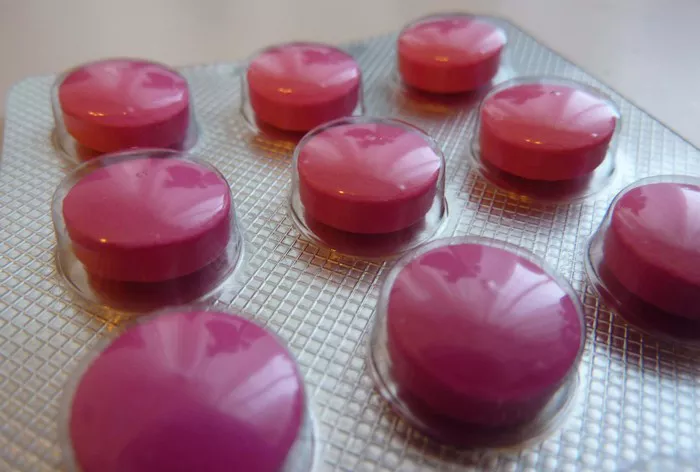As healthcare services across the U.S. begin offering doxycycline to prevent bacterial sexually transmitted infections (STIs), experts are both hopeful and cautious about the early impact of the postexposure prophylaxis (PEP) strategy. Known as doxy PEP, the regimen has shown promise in reducing syphilis and chlamydia cases, though its effect on gonorrhea has been limited, and concerns over potential antibiotic resistance remain.
Two recent studies published in JAMA Internal Medicine provide early insights into doxy PEP’s real-world performance in California. These findings, which showcase encouraging results alongside unresolved scientific questions, are discussed in a commentary by Dr. Jeanne Marrazzo, director of the National Institute of Allergy and Infectious Diseases (NIAID), and Dr. Jodie Dionne, a physician and associate professor at the University of Alabama at Birmingham.
“Doxy PEP is emerging as a critical tool in our fight to curb the rising rates of STIs,” said Dr. Marrazzo. “While we continue to explore long-term solutions like vaccines and next-generation antibiotics, doxy PEP offers an immediate and impactful strategy.”
Promising Results in Syphilis and Chlamydia
In 2023, the Centers for Disease Control and Prevention (CDC) reported over 2.4 million cases of syphilis, gonorrhea, and chlamydia in the U.S., including nearly 4,000 cases of congenital syphilis. While recent data suggests the STI epidemic may be stabilizing, cases remain significantly higher than in 2004, signaling a continued public health challenge.
Doxycycline, when taken within 72 hours of condomless sex, has been found to reduce the incidence of syphilis and chlamydia by up to 66% in high-risk populations such as gay, bisexual, and other men who have sex with men (MSM) and transgender women, according to a recent randomized controlled trial. However, the same study showed no preventive benefit for cisgender women, prompting the CDC to recommend doxy PEP primarily for MSM and transgender women with a history of bacterial STIs.
Early Data from California
One of the new reports examined public health surveillance data from San Francisco, revealing a 50% reduction in syphilis cases and a 51% decrease in chlamydia cases among MSM and transgender women after 13 months of doxy PEP implementation. However, gonorrhea rates increased by 26% over the same period.
Another analysis, based on pharmacy prescription data from an integrated health system in California, found that after a year of doxy PEP rollout, STI positivity rates dropped significantly among individuals assigned male at birth and taking HIV pre-exposure prophylaxis (PrEP). Chlamydia and syphilis rates fell by 79% and 80%, respectively, while gonorrhea rates declined by 12%. Notably, the decline in gonorrhea was confined to infections in the urethra and rectum, with no reduction observed at the pharynx (throat), a common site for gonorrhea transmission.
Experts Call for Caution and Continued Monitoring
While the data points to doxy PEP’s substantial impact on syphilis and chlamydia, Drs. Marrazzo and Dionne emphasized the need for ongoing vigilance. In their commentary, they warned of the mixed results with gonorrhea, noting that a recent study suggested some people taking doxy PEP may show early signs of resistance to the antibiotics used to treat gonorrhea. They stressed the importance of monitoring antimicrobial resistance closely and incorporating drug resistance measures in future doxy PEP studies.
Additionally, disparities in the uptake of doxy PEP across different communities were highlighted, underscoring the need for equitable access to this preventive strategy. “As we continue to roll out doxy PEP, it’s vital that we ensure all populations have access to this intervention, and that there is widespread awareness of its benefits and limitations,” said Dr. Dionne.
Research Gaps and Future Directions
The experts also pointed out that significant gaps remain in understanding doxy PEP’s effectiveness for cisgender women and the general population. There is a need for more research into the optimal dosing regimen of doxycycline for preventive purposes and the long-term sustainability of its protective effects.
Looking beyond doxy PEP, Drs. Marrazzo and Dionne called for broader STI prevention efforts, including the development of safe and effective vaccines and next-generation antibiotics. “While doxy PEP is a valuable tool in our STI prevention arsenal, we must continue to pursue additional strategies to protect everyone from these infections,” they concluded.
As research continues, the hope is that doxy PEP will not only help reduce the incidence of bacterial STIs but also inform the development of broader, more effective public health interventions.
Related Topics
Is There Treatment for HMPV? Doctor Discusses Management
Fatty Liver Disease: A Hidden Danger Linking Diet to Liver Cancer
Sleep Deprivation Impairs Brain Mechanisms That Prevent Unwanted Memories, Study Finds



































